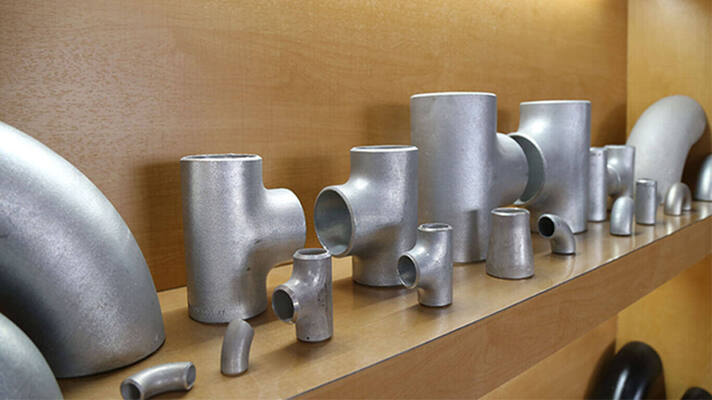- 1-905-452-8193
- Contact Us
- Member Login
- Get Listed Today
- 220,911 members

Inconel Alloy 2.4856, known for its excellent corrosion resistance and high-temperature strength, undergoes a precise manufacturing process to transform it into pipe fittings that meet the stringent requirements of various industries. The manufacturing process involves several key steps, each crucial in ensuring the quality, integrity, and performance of Inconel Alloy 2.4856 pipe fittings.
Raw Material Selection:
The manufacturing process begins with the careful selection of raw materials. In the case of Inconel Alloy 2.4856, the primary constituents include nickel, chromium, molybdenum, and niobium. These materials are sourced based on their purity and adherence to specified composition standards to ensure the desired mechanical and chemical properties in the final product.
Melting and Alloying:
The selected raw materials are then melted in a controlled environment to form the alloy. The melting process is typically carried out in electric arc furnaces or vacuum induction furnaces to achieve precise control over temperature and composition. During this phase, alloying elements are added in precise proportions to achieve the desired chemical composition of Inconel Alloy 2.4856.
Forming and Shaping:
Once the alloy is molten and homogenized, it undergoes forming and shaping processes to achieve the desired product geometry. For pipe fittings, methods such as hot forging, extrusion, or machining may be employed. Hot forging involves shaping the material under high temperatures and pressures, while extrusion involves forcing the alloy through a die to create the desired shape. Machining may be used for more intricate designs or to achieve specific tolerances.
Heat Treatment:
After forming and shaping, Inconel Alloy 2.4856 pipe fittings undergo a crucial heat treatment process to enhance their mechanical properties. Heat treatment typically involves a combination of solution annealing and precipitation hardening. Solution annealing is performed to dissolve any precipitates and homogenize the microstructure, while precipitation hardening involves controlled cooling to encourage the formation of fine precipitates that contribute to the alloy's strength.
Machining and Finishing:
The pipe fittings are then subjected to machining processes to achieve the final dimensions, surface finish, and precision required for their intended applications. CNC (Computer Numerical Control) machining may be employed for intricate fittings, ensuring that each component meets the specified design requirements. Surface finishing processes, such as polishing or coating, may also be applied to enhance the aesthetic and functional properties of the fittings.
Non-Destructive Testing (NDT):
Quality control is a critical aspect of the manufacturing process for Inconel Alloy 2.4856 pipe fittings. Non-destructive testing methods, including ultrasonic testing, radiographic testing, and dye penetrant testing, are employed to identify any potential defects or irregularities in the fittings. These tests help ensure the structural integrity and reliability of the final product.
Inspection and Quality Assurance:
The pipe fittings undergo a thorough inspection to verify conformance to specified standards and customer requirements. Dimensional checks, visual inspections, and material property assessments are part of the quality assurance process. This meticulous inspection ensures that each Inconel Alloy 2.4856 pipe fitting meets the highest quality standards and is fit for its intended application.
Marking and Packaging:
Once the pipe fittings pass the quality assurance checks, they are marked with relevant information, including material specifications, heat numbers, and other essential details. Proper marking aids in traceability and identification. The fittings are then carefully packaged to prevent damage during transportation and storage. Packaging methods may vary depending on the size and shape of the fittings.
Documentation and Certification:
Comprehensive documentation, including material certificates, test reports, and compliance statements, accompanies each batch of Inconel Alloy 2.4856 pipe fittings. This documentation provides customers with essential information about the manufacturing process, material properties, and quality control measures. It also serves as a basis for certification, ensuring that the fittings meet industry and regulatory standards.
Conclusion:
The manufacturing process of Inconel Alloy 2.4856 pipe fittings is a precise and controlled sequence of steps designed to harness the unique properties of the alloy. From raw material selection to heat treatment, machining, and quality assurance, each stage contributes to the production of high-quality fittings that excel in demanding environments. The rigorous testing and documentation further reinforce the reliability and integrity of Inconel Alloy 2.4856 pipe fittings, making them essential components for industries requiring corrosion-resistant and high-performance solutions.
